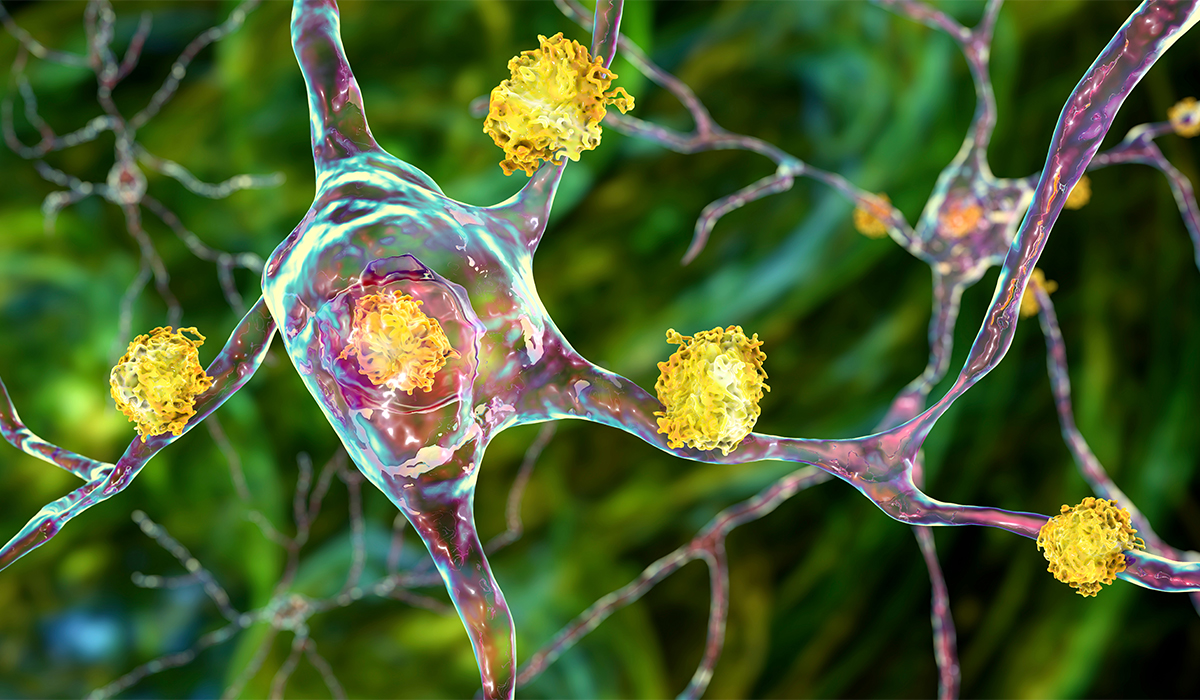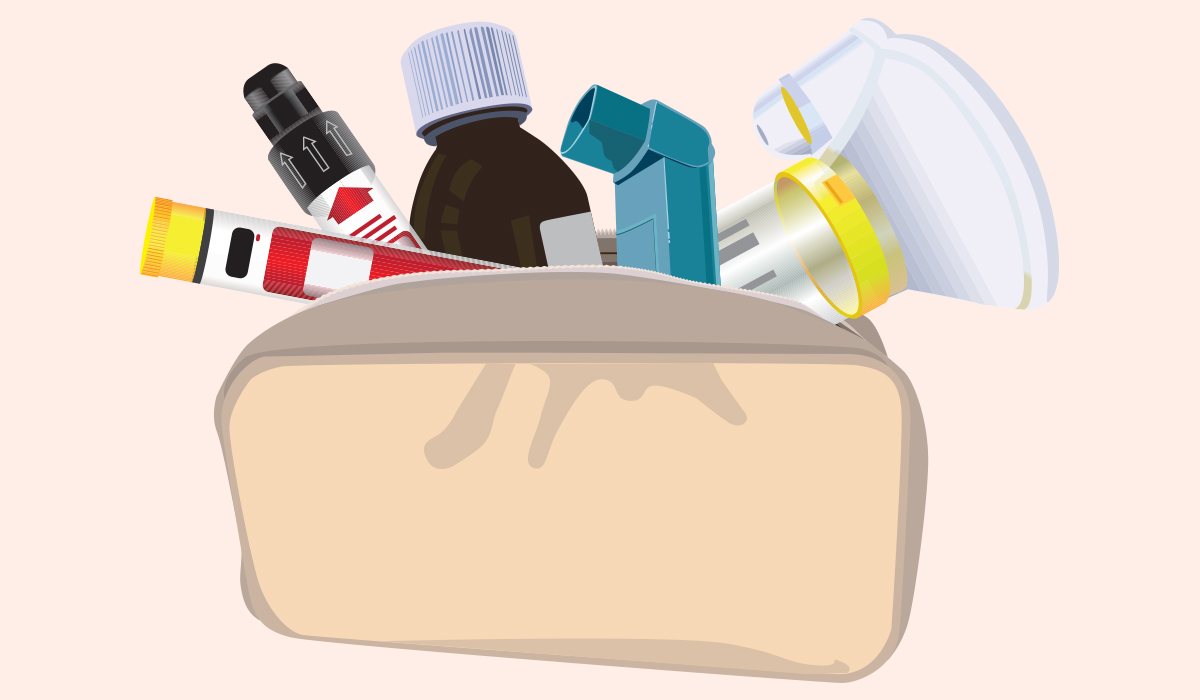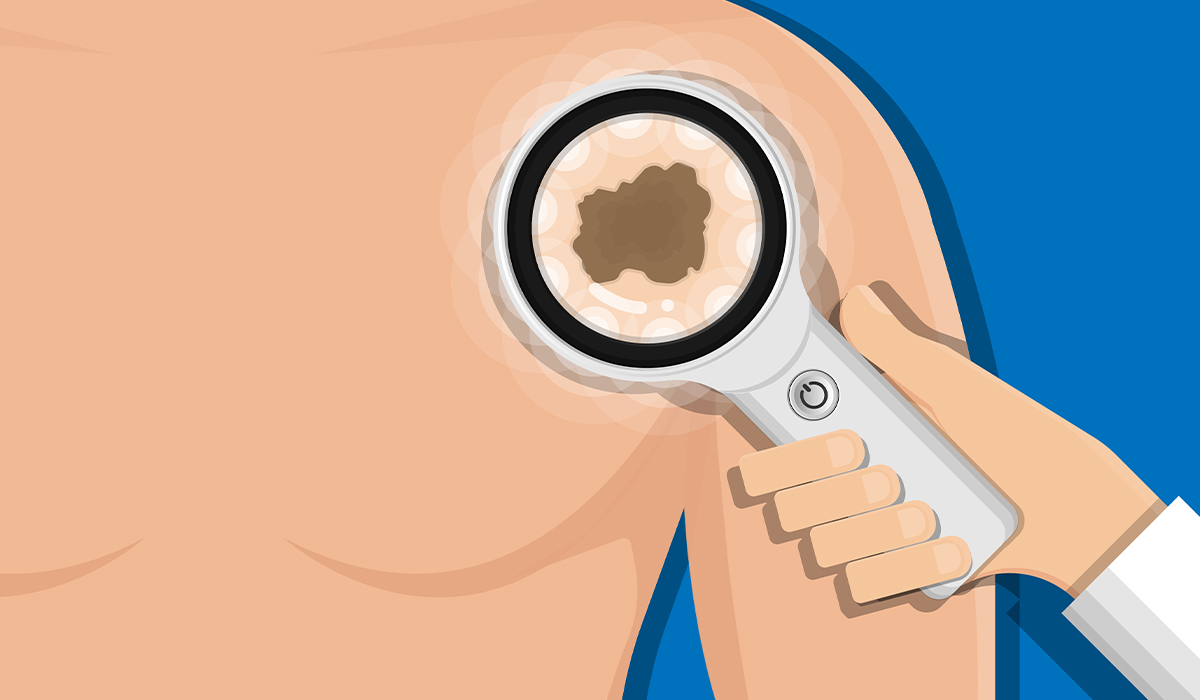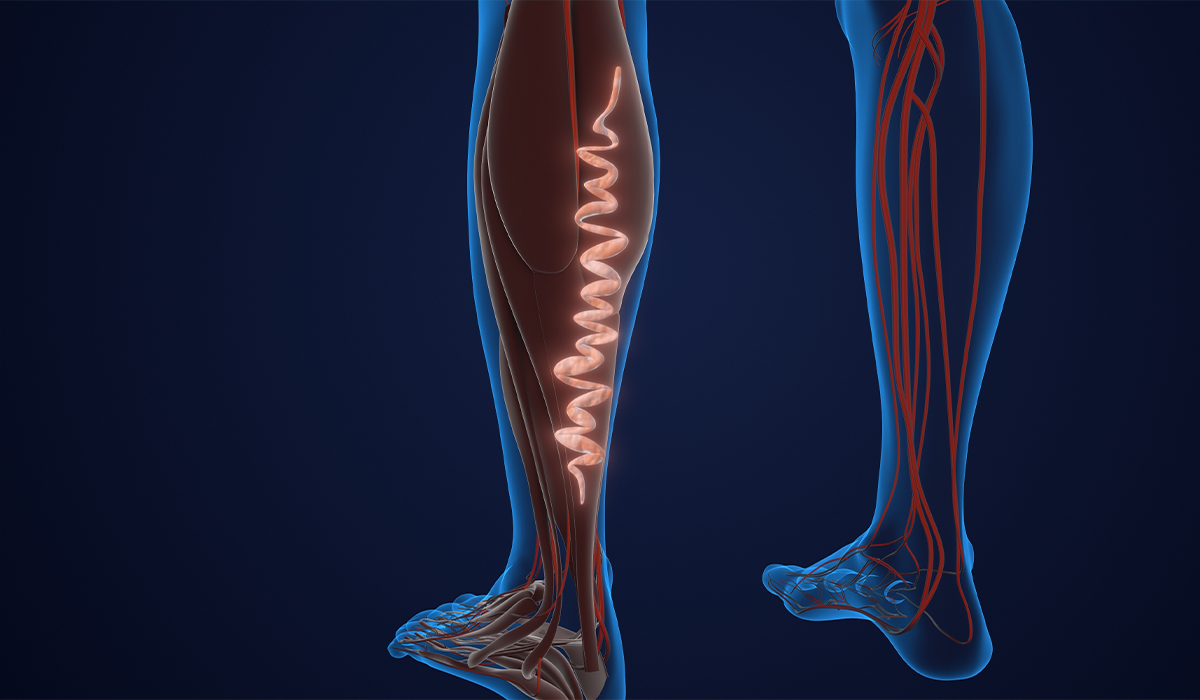The pressure exerted by the blood is variable, constantly fluctuating between the maximum value – when a new portion of blood from the heart reaches the vessels and the minimum value – between the heartbeats. In practice, the maximum is called systolic pressure, and the minimum is called diastolic pressure.
The value of blood pressure depends on a few things. Factors that influence how high blood pressure is include:
- Heart contraction strength
- Elasticity of blood vessels – Thanks to their elastic walls, large arteries absorb the impact force of the blood wave and then release it during diastole. This prevents the diastolic pressure from dropping to zero.
- Small blood vessels—When minor blood vessels contract, they regulate blood flow through the organs, changing blood pressure.
- The volume of the blood
Normal blood pressure is considered less than 120/80 mmHg.

Why Is Blood Pressure Significant?
High blood pressure (hypertension) is often called a “silent killer” because it rarely causes any symptoms. Untreated hypertension may lead to many cardiovascular diseases, including heart attack and stroke. Every year, 10 million people die from diseases related to hypertension. Therefore, it is essential to measure blood pressure regularly to catch hypertension in time and implement treatment before severe complications occur.
Measurements
Measurement machines usually consist of measuring devices with an arm cuff attached. The cuff is typically wrapped around the upper arm when performing a test. The cuff is then filled with air to the point where blood flow in the artery is blocked. That can cause some discomfort, but it only lasts a few seconds. Depending on the machine type, it may be:
- Automatic device – uses sensors in the arm cuff to pick up the pressure levels
- Manual device – The doctor uses a stethoscope to record measurements in that type of device.
The results from both types of devices should be ready straight away. The result is given in millimeters of mercury (mmHg) and consists of systolic and diastolic pressure. Systolic pressure occurs when the heart pushes blood to the blood vessels, and diastolic pressure occurs between heartbeats. The first number of test results is always a systolic pressure, and the second is the diastolic pressure.
Blood Pressure Levels
The optimal blood pressure levels vary between people and depend on age, health condition, time of day, emotional state, medications or stimulants used, and heart rate. The ideal blood pressure for adults is less than 120/80 mmHg. According to the American Heart Association (AHA), blood pressure charts for adults contain the following groups:
| Category | Systolic mmHg | Diastolic mmHg |
| Normal | Less than 120 | Less than 80 |
| Elevated | 120-129 | Less than 80 |
| Hypertension stage 1 | 130-139 | 80-89 |
| Hypertension stage 2 | 140 and higher | 90 and higher |
| Hypertension stage 3 | 180 and higher | 120 and higher |
Low blood pressure occurs when the results are less than 90/60 mmHg. Unlike high pressure, low pressure usually doesn’t pose a threat until it starts causing symptoms.
High Blood Pressure
Hypertension is a condition in which high blood pressure, which means that the result is 140/90 mmHg or higher, is detected in an individual. The disease is diagnosed based on several blood pressure measurements, usually performed at intervals of several days or weeks. In most people, the exact cause of hypertension cannot be stated. Then, it is called primary (essential) hypertension. This type of hypertension occurs in 90% of affected people, and the cause is complex, including genes, environment, diet, stress, and lifestyle.
A small percentage of affected people have secondary hypertension, which is caused by an already existing disease that affects large arteries or organs, leading to hypertension. Secondary hypertension may be caused by:
- Kidney conditions
- Obstructive sleep apnea (a condition when breathing becomes shallow or stops during sleep several times during a night)
- Kidney artery narrowing
- Narrowing of the aorta
- Conn’s disease is caused by the overproduction of aldosterone, a hormone in adrenal glands that causes the kidneys to retain water and sodium.
- Tumor of adrenal glands that overproduce adrenaline, causing a sudden increase in blood pressure.
- Certain medications
Hypertension Risk Factors
Many factors contribute to primary hypertension development. Those include:
- Age – With age, blood vessels tend to thicken and stiffen, increasing the risk of hypertension.
- Genetics and family history – Hypertension tends to run in the families. If your parents or grandparents have hypertension, you, too, may be at risk.
- Smoking
- Drinking too much alcohol
- Lack of physical activity
- Chronic stress
- Having chronic metabolic syndrome
- Sex – During middle age, men are more likely to develop hypertension, while in older adults, women are more susceptible.
- Taking certain medications, such as antidepressants, stuffy nose medications, birth control pills, and non-steroidal anti-inflammatory drugs (NSAIDs), including ibuprofen, may raise your chances of developing hypertension.
- A diet rich in sodium and fats
Hypertension Symptoms
In most people, hypertension is symptomless until some organ damage is already done. Some symptoms that occur during hypertension are also common in other diseases (non-specific symptoms), which may make it difficult to connect the symptom with hypertension. That’s why checking your blood pressure regularly is crucial even if you feel well.
Hypertension may manifest in the following symptoms:
- Headaches
- Fatigue
- Nosebleeds
- Dizziness
- Restlessness
- Heart palpitations, which is a feeling of the heart beating hard and fast
- Shortness of breath
- Sleep disorders
- Blurred vision
In many people, the first symptoms of hypertension are related to its complications, such as heart attack or stroke. Call an ambulance if you experience chest pain, tight chest pain, pain that spreads to the shoulder, sudden shortness of breath, trouble speaking or seeing, sudden numbness, difficulty walking, or severe headache.
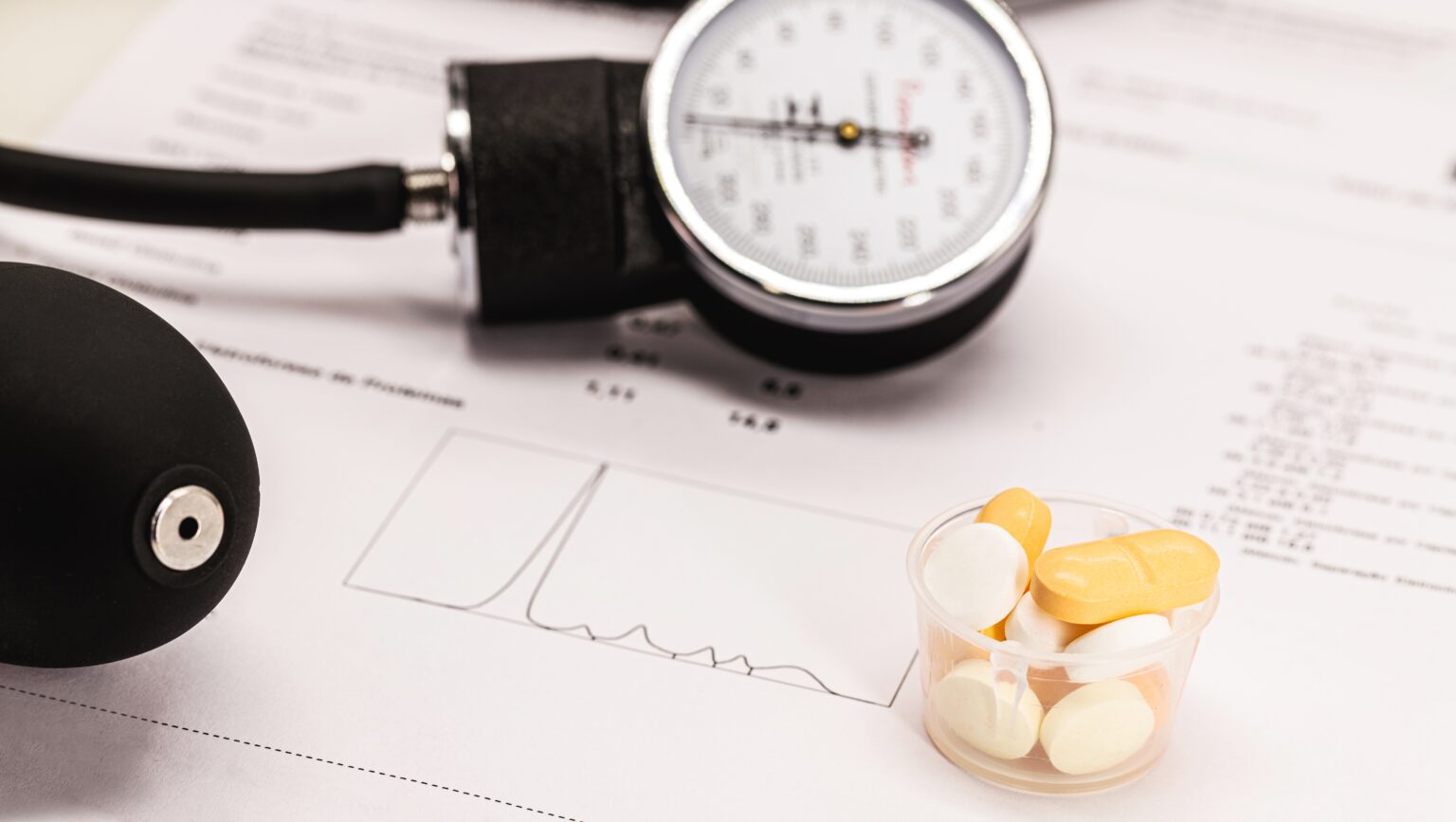
Hypertension Treatment
Treatment of secondary hypertension involves treating the disease that caused it. Treatment of primary hypertension aims at lowering blood pressure and preventing complications. Treatment methods differ depending on hypertension level, type, other diseases, and the patient’s age.
When an individual has mild hypertension and no comorbidities, the initial treatment involves lifestyle changes. Pharmacological therapy is implemented if a condition is too advanced or the lifestyle changes are insufficient.
Various antihypertensive drugs are used in the treatment. They can have different effects on the body, including:
- Diuretics (water pills) – Medications that remove water and electrolytes
- Drugs that stop the production or deactivation of a hormone called angiotensin, which normally constrict blood vessels
- Medications that slow down the heartbeat
- Drugs dilating blood vessels
The doctor decides on which medications you should use based on your age, the stage of your hypertension, and other diseases you have.
Low Blood Pressure
Low blood pressure (hypotension) happens when the measurement result is 90/60 mmHg or less. Hypotension is usually not unhealthy unless additional symptoms that may worry your healthcare provider occur. Those symptoms include:
- Fainting
- Fatigue
- Nausea
- Headache
- Dizziness
- Confusion
- Blurred vision
- Heart palpitations (a feeling of your heart beating too hard and fast)
- Neck pain
If hypotension happens to you only occasionally, it usually shouldn’t cause worry. However, you should contact your doctor if you feel dizzy, nauseous, or faint.
Low Blood Pressure Causes
Hypotension may happen for numerous reasons. The most common ones include:
- Prolonged standing or bed rest
- Pregnancy
- Dehydration
- Depression
- Parkinson’s disease
- Heart problems, such as bradycardia (low heart rate), heart attack, heart failure, heart valve abnormalities
- Some medications, including water pills, heart medications (beta blockers), antidepressants, erectile dysfunction medications, Parkinson’s disease drugs, and narcotics
- Anemia (low red blood cells), which some nutritional deficiencies like iron or vitamin B12 may cause
- Hypothyroidism, including Hashimoto’s disease
- Diabetes
- Addison’s disease
- Allergic reaction—A highly intense allergic reaction (anaphylactic shock) can cause hypotension that may be life-threatening. It can happen to people susceptible to certain foods or drugs or after being stung by a bee.
- Septic shock – During an infection, bacteria can enter your bloodstream and produce toxins, causing life-threatening symptoms, including hypotension.
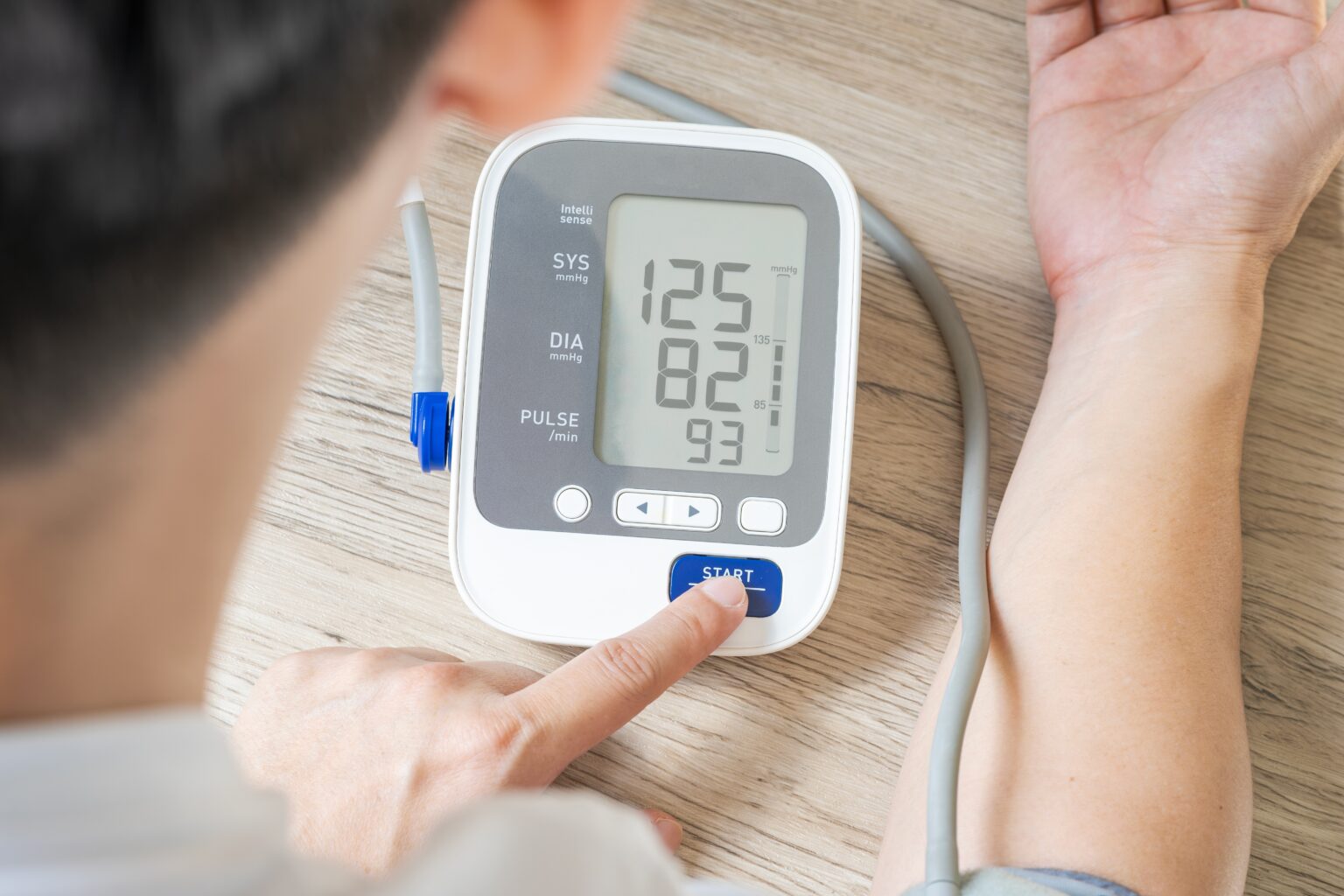
Controlling Your Blood Pressure
Strong evidence suggests that lifestyle habits help maintain normal blood pressure and prevent hypertension. Modifications that can be made include:
- Maintaining a healthy weight and reducing overweight (waist circumference should not exceed 80 centimeters in women and 94 centimeters in men, BMI should be less than 25 kg/m2)
- Reduction of sodium intake to less than 2,3 grams per day
- Quitting smoking
- Regular physical activity, like swimming or cycling (Experts suggest that regular physical activity lowers your pressure by 5-7 mmHg)
- Implementing a DASH (Dietary Approaches to Stop Hypertension) eating plan. Including vegetables, fruits, whole grains, and low-fat products.
- Avoiding saturated and trans fats
- Avoiding sweetened beverages
- Limiting alcohol consumption
- Reducing stress
Monitoring your blood pressure regularly and maintaining a healthy lifestyle can help prevent the severe consequences of unnoticed hypertension, including stroke and heart attack.
Diet
A unique eating plan called DASH (Dietary Approaches to Stop Hypertension) was designed for people who should particularly care about keeping their blood pressure low. That balanced and flexible dietary plan helps create a heart-healthy eating style.
DASH aims to achieve daily nutrition goals without requiring special foods. Some recommendations include:
- Eating low-fat or fat-free products, such as dairy products, fish, poultry, and vegetable oils
- Including vegetables, whole grains, and fruits
- Limiting saturated fats in the diet, including full-fat dairy products, fatty meats, and certain oils (coconut oil, palm oils)
- Restrict sweets and sweetened beverages
- Choosing foods rich in potassium, calcium, magnesium, protein, and fiber
- Limiting products rich in sodium (daily sodium intake should not exceed 2300 mg)
- Limiting trans fats in the diet (products such as fried foods, cakes, cookies and pies, or refrigerated dough)
When Should You See a Doctor?
You should check your blood pressure regularly. Experts recommend that healthy adults over 40 should check themselves at their doctor’s office at least once every five years. If you are at risk of hypertension, you should get checked more often. Some African, South Asian, and Afro-Caribbean people may be at risk of developing hypertension at a younger age and are encouraged to get checked earlier.
You should make an appointment with your doctor if you notice any symptoms that may suggest hypertension, such as headaches, nosebleeds, buzzing in the ears, blurred vision, and shortness of breath. You should also make an appointment if you notice any hypotension symptoms, such as fainting, fatigue, dizziness, and heart palpitations.
Sometimes, your healthcare professional may recommend checking your blood pressure at home. Then, you can buy an electronic monitor at a pharmacy and measure your blood pressure daily to check how well you control it.
Sources
- American Heart Association Low Blood Pressure – When Blood Pressure Is Too Low (2024)
https://www.heart.org/en/health-topics/high-blood-pressure/the-facts-about-high-blood-pressure/low-blood-pressure-when-blood-pressure-is-too-low - American Heart Association Understanding Blood Pressure Readings (2024)
https://www.heart.org/en/health-topics/high-blood-pressure/understanding-blood-pressure-readings - National Heart, Lung, and Blood Institute (NHLBI) High Blood Pressure Causes (2024)
https://www.nhlbi.nih.gov/health/high-blood-pressure/causes - World Health Organization (WHO) Hypertension (2023)
https://www.who.int/news-room/fact-sheets/detail/hypertension - National Heart, Lung, and Blood Institute (NHLBI) DASH Eating Plan (2021)
https://www.nhlbi.nih.gov/education/dash-eating-plan - Hegde SM, Solomon SD. Influence of Physical Activity on Hypertension and Cardiac Structure and Function. Curr Hypertens Rep. 2015 Oct;17(10):77. doi: 10.1007/s11906-015-0588-3. PMID: 26277725; PMCID: PMC4624627.
https://www.ncbi.nlm.nih.gov/pmc/articles/PMC4624627/ - National Health Service (NHS) Hypertension (2023)
https://www.nhs.uk/conditions/high-blood-pressure-hypertension/diagnosis/
